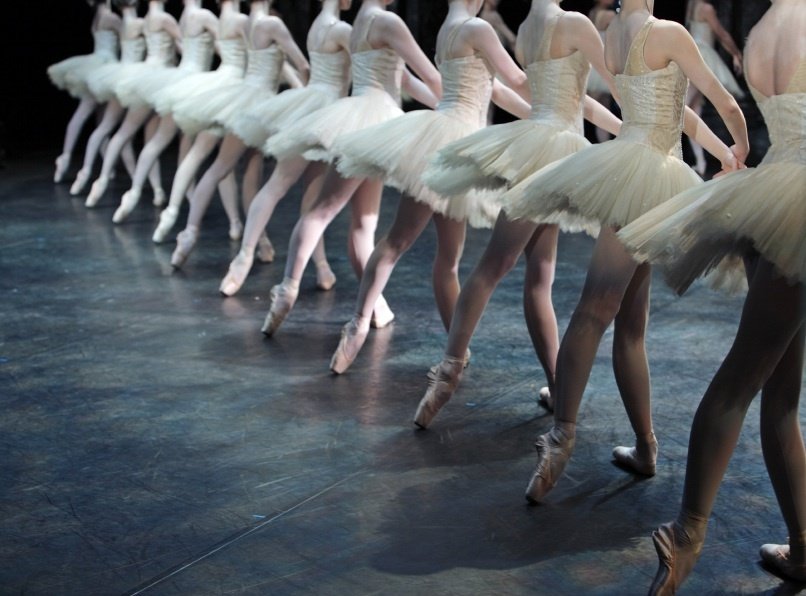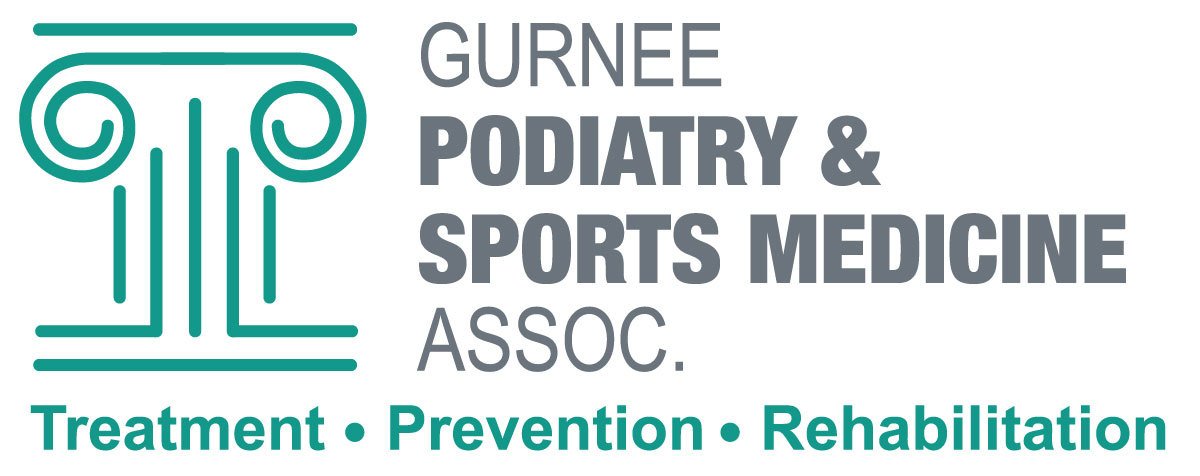The Perfect Arch
Dancers are always looking for ways to obtain that “perfect arch”

What is the Perfect Arch in Pointe?
Dancers are always looking for ways to obtain that “perfect arch”. Every foot is genetically designed differently and not everybody will be able to achieve that “perfect arch”. Stretching and flexibility exercises are always helpful. However, I caution those that are attempting to achieve this position with the use of spring-loaded devices or placing their foot under the couch or other furniture to try to stretch the ligaments at the top of the foot.
The midfoot joints are supported by strong ligaments and will allow the bones of the midfoot to move slightly but are bound together for stability of the whole foot. Attempting to make the midfoot joints act like extreme hinge joints will injure them, and if overly stretched or torn, may cause permanent damage. If the ligaments are regularly overstressed from constant poor foot technique, they can become weakened resulting in a subluxed joint.
Pain is usually noticed with releve and/or going into a plie. Commonly the dancer will complain of a “jammed” type feeling at the ankle, and a feeling of not being able to fully point the foot.
Arch Doming Exercises
The most effective method to strengthen the arch is to strengthen the extrinsic foot muscles (the muscles in the leg) especially the secondary plantar flexors which are located in the legs and wrap around both sides of the ankle and enter the foot. The Intrinsic foot muscles (those that are inside the foot) function to stabilize the toes that create the metatarsal arches of the foot. They prepare the foot for propulsion by securing the toes against the ground during walking and jumping in dance and sporting activities.
Exercises to contract these intrinsic muscles will flex the arch, giving you a dome appearance, thus the name “doming exercises”. Strong extrinsic foot muscles will allow for proper pointed foot position as well as while up on full pointe keeping the foot aligned properly. Strong Intrinsic and Extrinsic muscles also reduce the incidence of tendonitis, shin splints, and even stress fractures.
"The entire experience was excellent. Dr. Smielewski explained everything carefully and gave me very good care. The staff member that took my information was polite, friendly & thorough."
- M. K .
